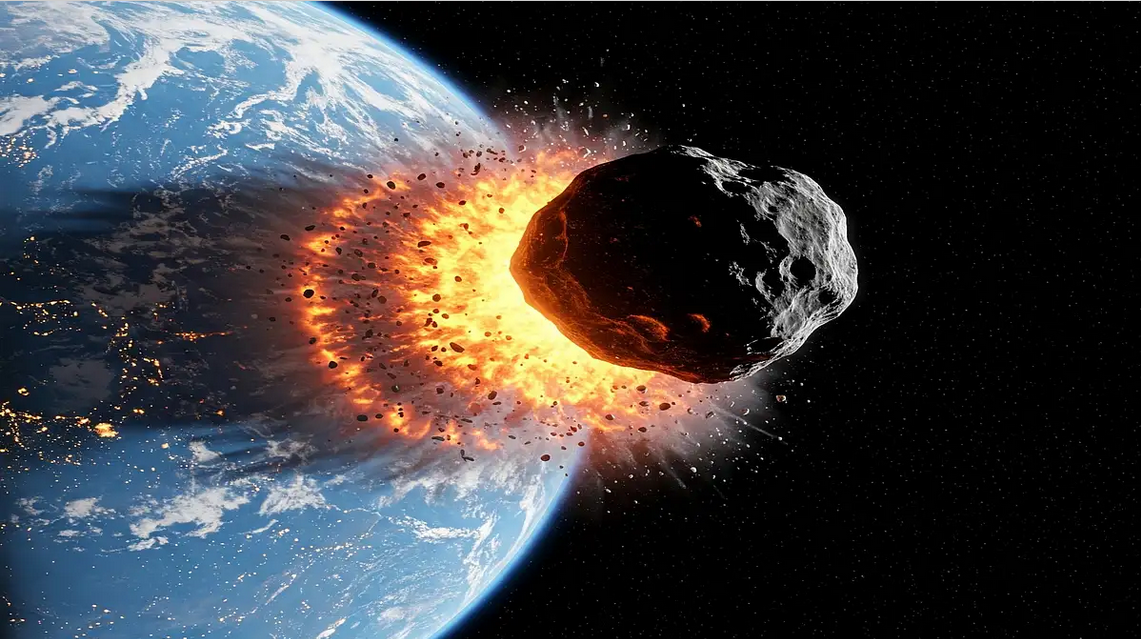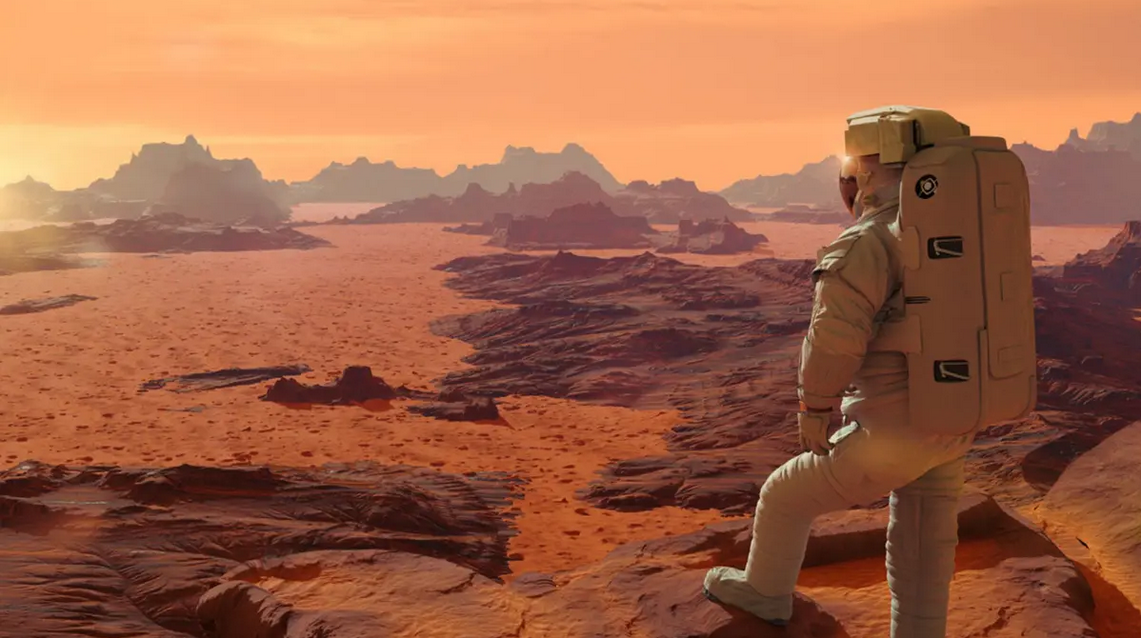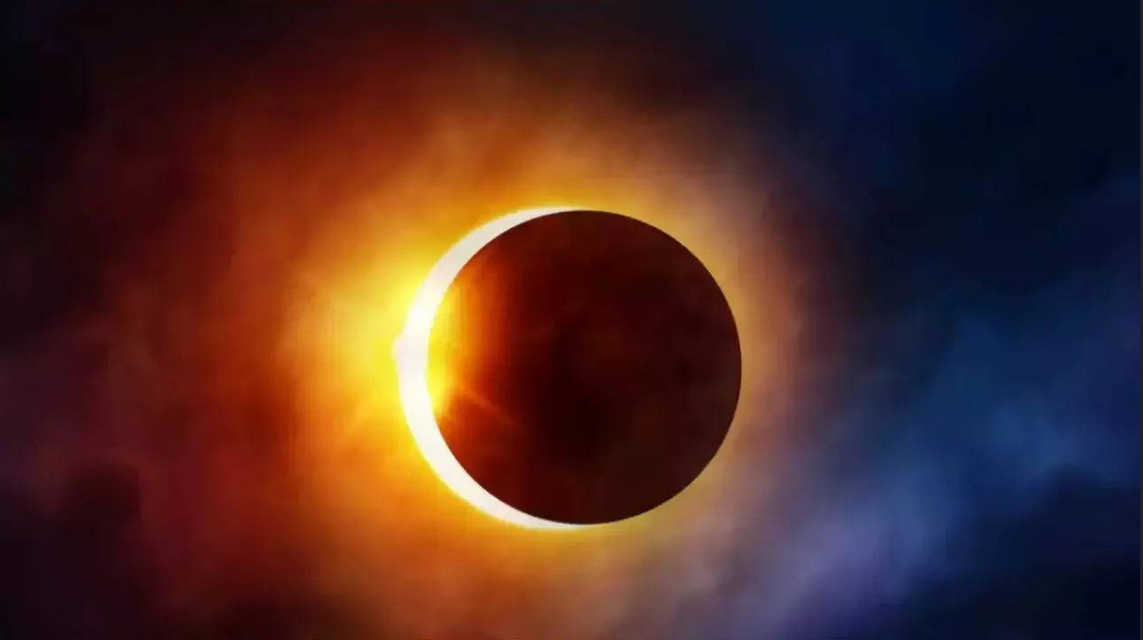
Scientists at NASA are closely monitoring asteroid 2024 YR4, a rock that is said to have the potential to strike Earth in 2032. After a week of limited visibility due to the full moon, astronomers have resumed tracking the asteroid YR4, which could potentially hit Earth on December 22, 2032. The chances of the asteroid hitting the Earth are currently projected at 1.5% as of Feb. 20.
Initially estimated to have an impact probability of 3.1% on February 18—the highest ever recorded by NASA for an object of this size or larger—the odds dropped to 1.5% a day later after new calculations by the space agency’s Center for Near-Earth Object Studies at the Jet Propulsion Laboratory in California.
While this update has eased some concerns, the asteroid remains on the radar as top scientists plan a way to mitigate the potential risk of impact.
“No one is panicking, but it’s definitely what we’re talking about in the hallways of NASA,” a project manager at Kennedy Space Center told the New York Post.
YR4 Likely To Go Undetected By April 2025
According to NASA’s website, the impact probability of YR4 may continue to evolve as new observations are made. However, NASA and other space agencies are racing against time to gather more information, as by April 2025, the asteroid will be too distant for Earth-based telescopes to track.
“Further updates will not be possible until 2028 when 2024 YR4 approaches Earth again and becomes bright enough to be detected,” the US space agency stated.
NASA’s latest projections estimate that there is a much lower possibility that YR4 could impact the Moon – currently at 0.8%.
What Are The Features Of YR4 Asteroid?
According to NASA, 2024 YR4 is estimated to be about 130 – 300 feet across (40 – 90 meters). While its exact size is unknown, the asteroid won’t be able to cause a significant tsunami, based on its current size estimates. If the asteroid enters the atmosphere over a populated region, it may be able to cause minor structural damage.
The 2024 YR4 was first detected by the NASA-funded Asteroid Terrestrial-impact Last Alert System (ATLAS) in Chile on Jan. 27 this year.
NASA said that while it is premature to speculate on deflection techniques for YR4, the agency’s Double Asteroid Redirection Test (DART) mission could serve as a potential technique for diverting hazardous asteroids in the future.






